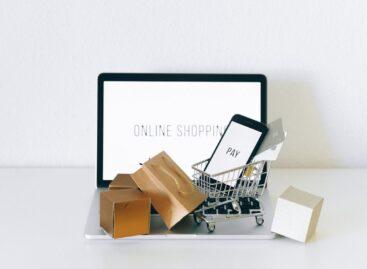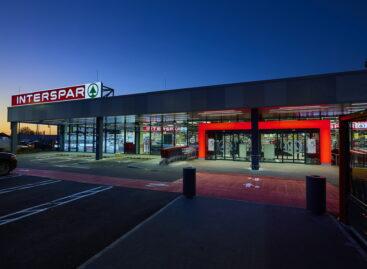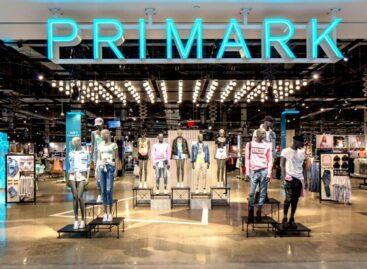Shrinking selling floors, growing backrooms, hybrid stores
Backrooms will grow to fill online orders and retail floors will become smaller and more focused on shopper experiences, according to one branding and design expert.
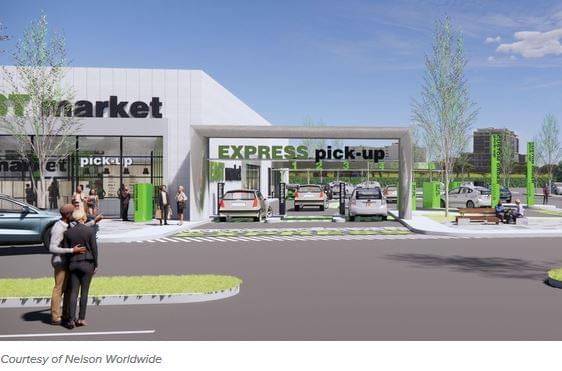
Expanding e-commerce and turning stores into meal destinations were high on grocery executives’ to-do lists before the COVID-19 pandemic. Now they’ve shifted into warp speed, and that promises to fundamentally change the layout of stores in the future, according to one branding and design expert.
Tom Custer, vice president with FRCH Nelson, which has worked with restaurants like Subway and KFC as well as grocers like Target and Kroger, sees more grocers adopting a hybrid store model that combines an elevated in-person experience with enhanced online fulfillment capabilities.
Hybrid solutions
With online grocery adoption accelerating ahead of schedule and expected to become a regular habit for a significant number of shoppers, grocers need more space close to where customers live and work to pick and assemble same-day orders.
retailers will build out more space for staging and fulfillment and establish store-side destinations for shoppers. Many retailers have blocked off spaces in their parking lots for pickup customers. Grocers build high-volume drive-thru pickup depots as well as lockers and automated pickup towers where shoppers can retrieve their orders.
Whole Foods is turning its in-store cafes into e-commerce staging areas in cities like Philadelphia and Atlanta. Walmart has dabbled in automated grocery kiosks and has added bright orange pickup destinations to hundreds of its stores. Hy-Vee has built pickup lockers on its store grounds as well as at nearby destinations like local hospitals.
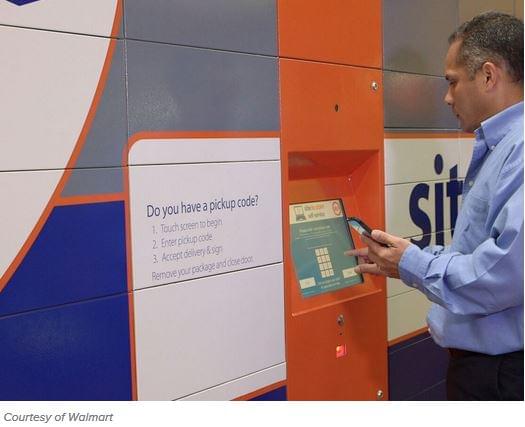
More targeted assortments
Expanding backrooms means shrinking selling floors. Retailers can determine through sales receipts and predictive analytics which products don’t make the cut — a SKU rationalization process that grocers are familiar with. Rather than cut whole categories out of the business, retailers could sell products like pet food or apparel online, or only stock the top performers in stores and then offer a wider assortment online. To make shoppers aware of everything that’s available through e-commerce, grocers can utilize store signage, mobile apps and in-store digital kiosks.
There are automated store concepts where robots pick and pack non-perishable goods while consumers shop for fresh products and dine at store eateries. Grocers have installed restaurants, self-service bars and new meal concepts while still retaining the traditional aisle-by-aisle shopping format.
It won’t be the same everywhere. Custer sees hybrid stores working best in suburban markets where foot traffic and online demand are both high.
Eating and convinience
Safety restrictions and new consumer attitudes have altered the store experience and promise to impact store designs going forward. Self-service stations like salad bars may never come back. Retailers will likely shift toward more packaged food displays and offer more made-to-order options. He also sees food halls like the one Kroger recently installed in its downtown Cincinnati flagship expanding, particularly in large stores and urban locations.
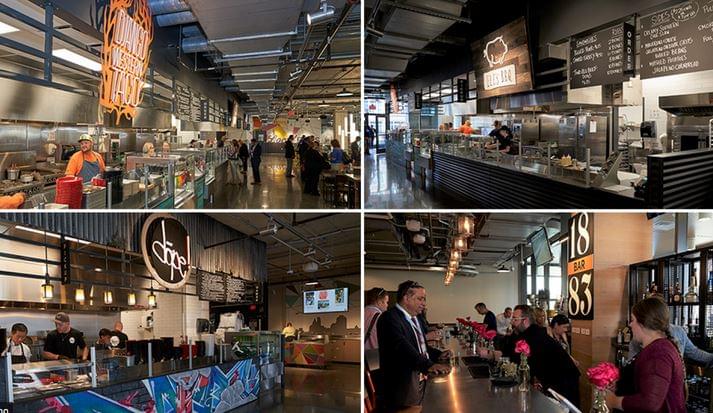
Related news
Kaufland to open its marketplace in Poland and Austria
Kaufland, one of the larger ecommerce platforms in Germany, is…
Read more >The United States has the Highest Ecommerce Penetration Rate
According to data presented by Stocklytics.com, the United States has…
Read more >Hungary subscribes: this is how subscription e-commerce changes our lives
Subscription e-commerce revolutionizes shopping, offering consumers greater savings, convenience, personalized…
Read more >Related news
In 2023, SPAR realized a turnover of over HUF 1 billion
SPAR Hungary achieved a turnover of HUF 1,023.2 billion in…
Read more >KSH: Gross average earnings were HUF 605,400 in February 2024, 14.0 percent higher than a year earlier
In February 2024, the gross average earnings of those employed…
Read more >Primark’s first domestic store will open in a month
Primark will open its doors at 10 a.m. on May…
Read more >


